Somewhere around the mid-2000s, television shows strayed from simple, low-budget productions to complicated, sprawling epics with enormous budgets. Gone are the days of the traditional TV shows. Now is the era for productions that cost over $100 million a season, with enough special effects and custom sets to rival those of Hollywood films.
Of course, some shows still cost an enormous amount of money for their era. For example, there’s one certain medical show from 20 years ago whose per-episode cost was more than the most expensive shows of today.
For this compilation, we took a look at the per-episode costs of the most expensive television shows of all time and, for older series, adjusted those prices for inflation. The results might surprise you.
‘The Tick’
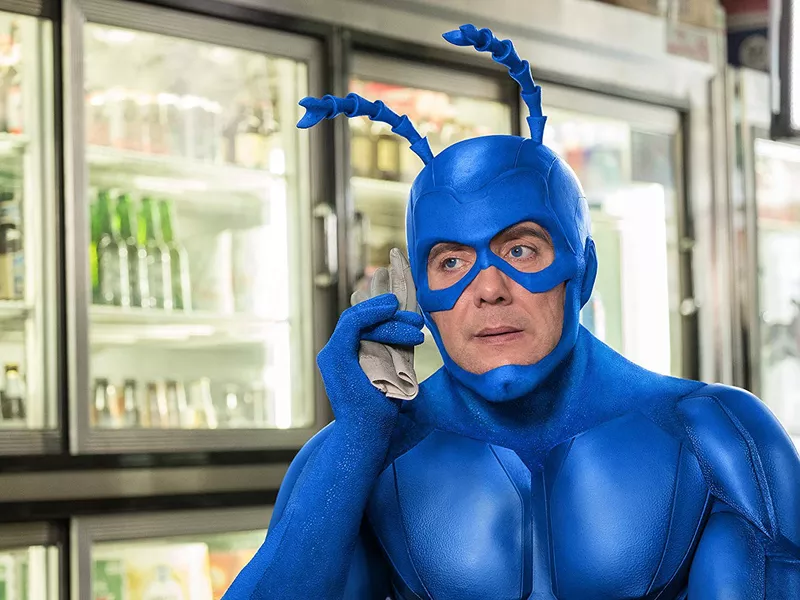
Amazon Studios / IMDB
Years: 2017-2019
Approximate cost per episode: $5 million
Somehow, “The Tick” cost $5 million for each of its half-hour episodes, even though the show looked like one big B-movie. The series followed the Tick, a giant, good-hearted yet idiotic blue superhero with memory problems and his reluctant compatriot, Arthur. At $227,272 to $178,571 per minute for its 22- to 28-minute episodes, the show was too expensive and not popular enough for Amazon to keep on its streaming service.
'Deadwood'

HBO / iMDB
Years: 2004-2006
Approximate cost per episode: $4.5 million
Inflation-adjusted cost: $6.11 million
Another masterful period piece by HBO that was just too expensive to produce, this show about the last years of the Wild West as seen in the streets of Deadwood, South Dakota, only lasted three seasons.
“Deadwood” was an incredibly difficult and very costly show to produce. According to Looper, creator and showrunner David Milch would often rewrite scripts at the last minute and a single scene could take two weeks to shoot. Elaborate sets and props helped shotgun the show’s budget to $4.5 million per episode, but ratings declined after the first season.
No matter how good “Deadwood” may have been, HBO deemed it too costly to keep running. Fans rejoiced in 2019 when HBO finally released a two-hour movie to wrap up the show. It cost $20.7 million to produce.
‘Altered Carbon’

Netflix / IMDB
Years: 2018-present
Cost per episode: $6-$7 million
Netflix’s cyberpunk adaptation is reportedly one of the more expensive shows that Netflix has ever produced, but actual costs are hard to come by. Series star Joel Kinnaman said the show has “got a bigger budget than the first three seasons of ‘Game of Thrones,’” which would give the show a budget of $210 million with each episode costing $21 million.
He must have been exaggerating. Showrunner Laeta Kalogridis told Entertainment Weekly that the budget was “not even remotely” close to $150 million. It seems likely that the show costs $6-$7 million per episode.
‘Frasier’
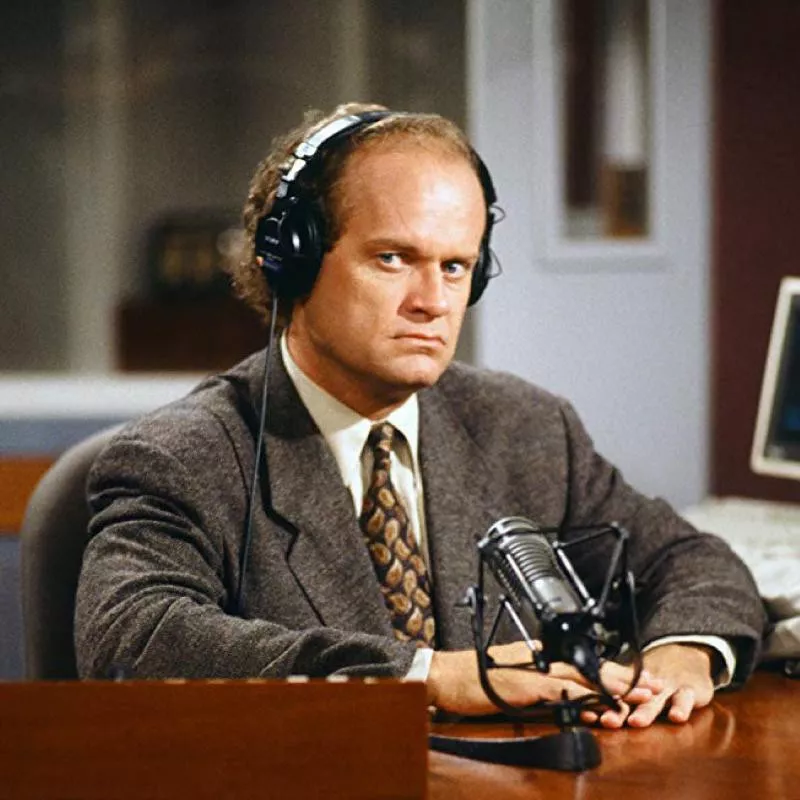
NBC / IMDB
Years: 1993-2004
Approximate cost per episode: $5.2 million
Inflation-adjusted cost: $7.42 million
By 2002, “Frasier” cost NBC $5.2 million per 23-minute episode, making it one of the most expensive half-hour shows ever made. A chunk of that money went to Kelsey Grammer’s salary — he signed a deal for $1.6 million per episode.
But after season 11, NBC execs figured they would need to see a psychologist if they kept pumping that kind of money into the past-its-prime show, and cancelled it in 2004. But it might not be as dead as the teachings of Freud in modern psych — there are rumblings that a “Frasier” reboot might happen in the future.
‘Stranger Things’
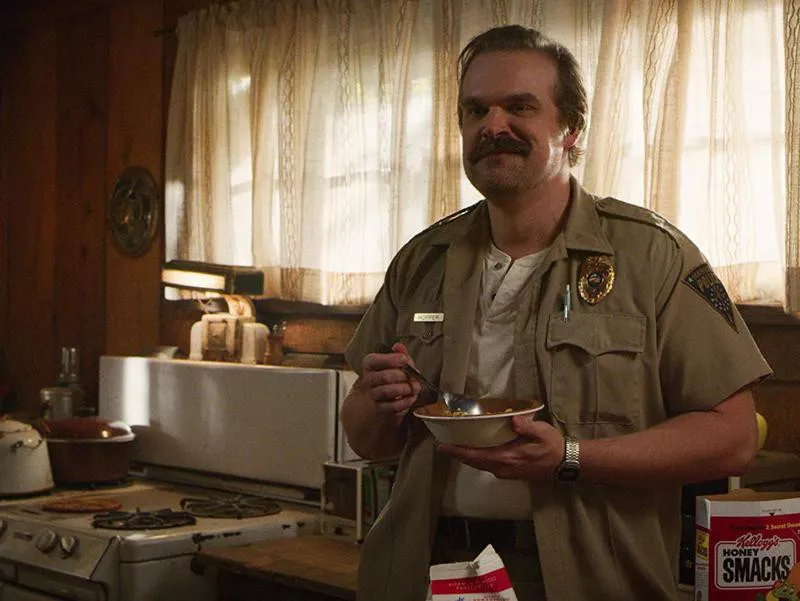
Netflix / IMDB
Years: 2016-present
Approximate cost per episode: $6-$8 million
Nearly 41 million households watched the third season of “Stranger Things,” so it’s no surprise that Netflix would turn its wallet upside down to keep the show running. Season one cost a reported $6 million per episode for an eight-episode first season, or $48 million. Season two cost a reported $8 million per episode for a nine-episode season, or $72 million. The budget for season three hasn’t yet been revealed, but it’s possible that “Stranger Things” might approach the $10 million per-episode mark.
The show, however, has had a lot of help from sponsors. According to Concave Brand Tracking, over 100 brands appeared over the course of season three’s eight episodes. Concave estimates that season’s product placement was worth over $15 million in advertising value.
‘Jack Ryan’

Amazon Video / IMDB
Years: 2018-present
Approximate cost per episode: $8-$10 million
“Jack Ryan” is one of Amazon Prime’s biggest streaming investments, with each episode costing between $8 and $10 million. The spy thriller based on the Tom Clancy novels stars John Krasinski as a low-level CIA finance guy who becomes deeply involved in an anti-terrorist campaign after being thrust into a Yemen red zone. Amazon ordered a third season many months before season two released, so the show must be doing something right in the ratings department.
‘American Gods’

Starz / IMDB
Years: 2017-present
Approximate cost per episode: $8-$10 million
Starz picked up Neil Gaiman’s “American Gods” book for a television series in 2017, spending an estimated $8 million per episode for its eight-episode first season. That budget increased to $10 million for its second season, but that reportedly wasn’t enough for showrunners Bryan Fuller and Michael Green, who got into a tussle with Starz over the show’s budget and creative direction. They quit in 2017 after writing just half of the second season.
Starz renewed “American Gods” for a third season in 2019, appointing Charles “Chic” Eglee as showrunner. He has served as executive producer on “Hemlock Grove,” “The Shield,” “Dexter” and “The Walking Dead.”
'The Alienist'
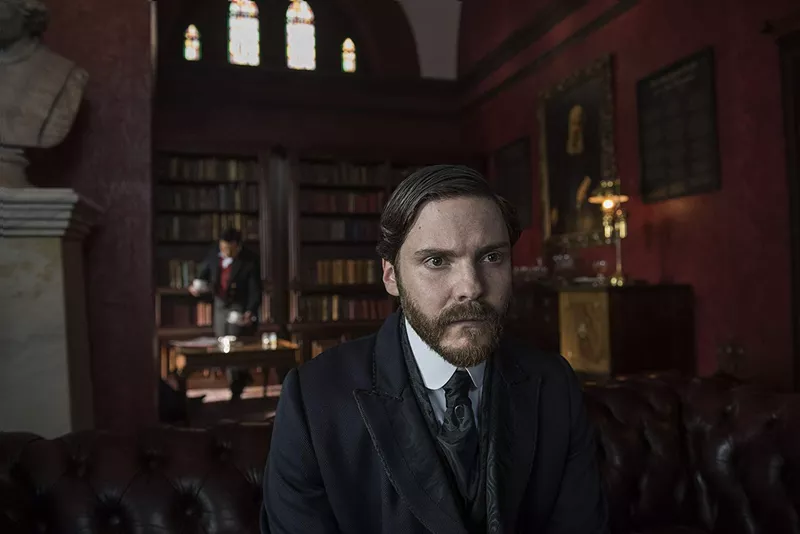
TNT / IMDB
Year: 2018
Approximate cost per episode: $9 million
TNT bet big on this psychological thriller set in 1896 about the hunt for a serial killer in New York City, shelling out $9 million per episode ($7.5 million after tax credits, per Variety) in its 10-episode first season. Ratings remained strong for the show throughout, and a second season is in the works.
‘Sense8’

Netflix / IMDB
Years: 2015-2018
Approximate cost per episode: $4.5-$9 million
“Sense8” was one of Netflix’s most expensive endeavors. Season one started with a healthy (for Netflix) budget of $4.5 million per episode in 2015, but by season two, the budget had doubled to $9 million per episode. The viewership didn’t match the budget, so Netflix cancelled the show after the second season. But the show had enough faithful and vocal fans that Netflix commissioned a 151-minute movie in 2018 to wrap the series up.
‘The Big Bang Theory’

CBS / IMDB
Years: 2007-2019
Approximate cost per episode: $9 million (seasons 8-12)
It took a while for “The Big Bang Theory” to find its audience, but by season six, 20 million viewers tuned into the show for every episode. And as the audience expanded, so did the budget. By season eight, the three main actors — Johnny Galecki, Jim Parsons and Kaley Cuoco — were making over $1 million in a deal that also included sign-on bonuses and back-end advances, and episodes cost north of $9 million.
‘Marco Polo’
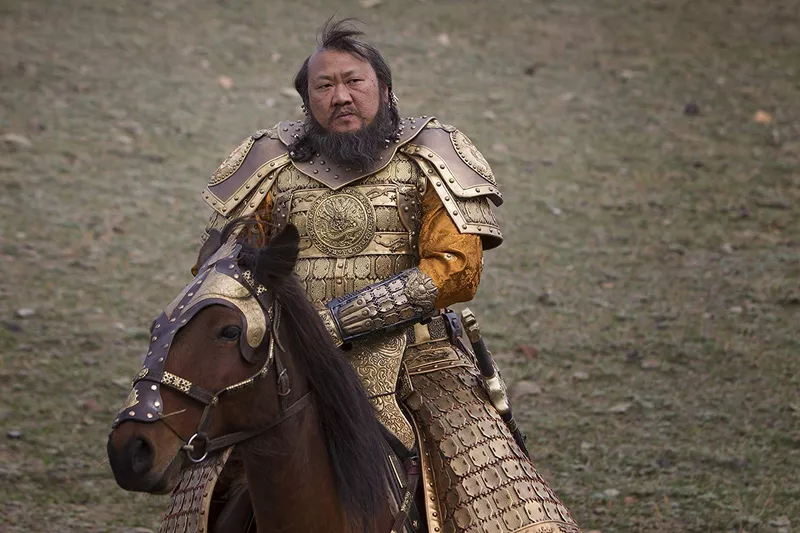
Netflix / IMDB
Years: 2015-2016
Approximate cost per episode: $9 million
Inflation-adjusted cost: $9.74 million
Another swing and a miss from Netflix, “Marco Polo” ran for 21 episodes and two seasons, which cost an astounding $200 million. It was one of the streaming service’s first original titles that it held the international rights to, and Netflix hoped a big-budget production would expand its international reach. It likely didn’t, as the show was cancelled after the second season.
‘Vinyl’
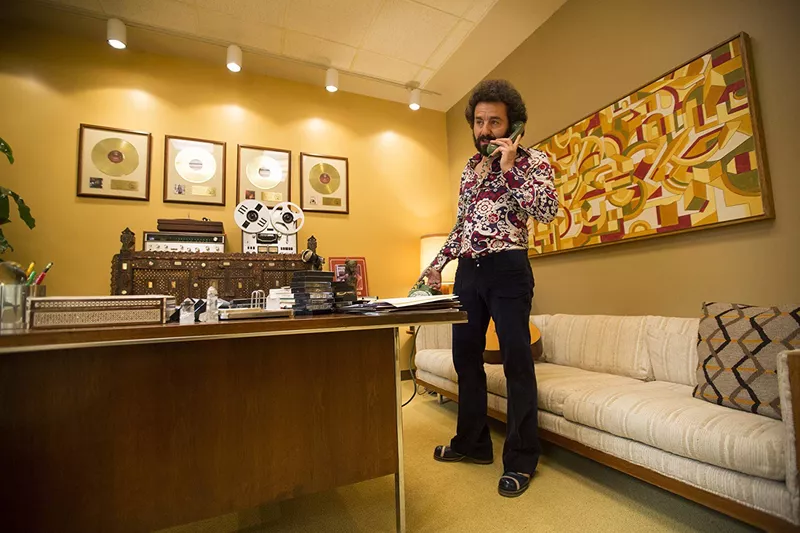
HBO / IMDB
Year: 2016
Approximate cost per episode: $10 million
Inflation-adjusted cost: $10.7 million
HBO bet big on “Vinyl,” a 1970s period drama about a music executive in New York City, and lost. The show had Martin Scorsese at the helm and Mick Jagger involved — presumably to keep things accurate — but the show just wasn’t any good.
Worse still, the pilot was enormously expensive and cost $30 million to make. The entire show had a budget of about $100 million, meaning each of the subsequent nine episodes cost around $7.5 million. “Vinyl” was cancelled after one season.
'The Crown'
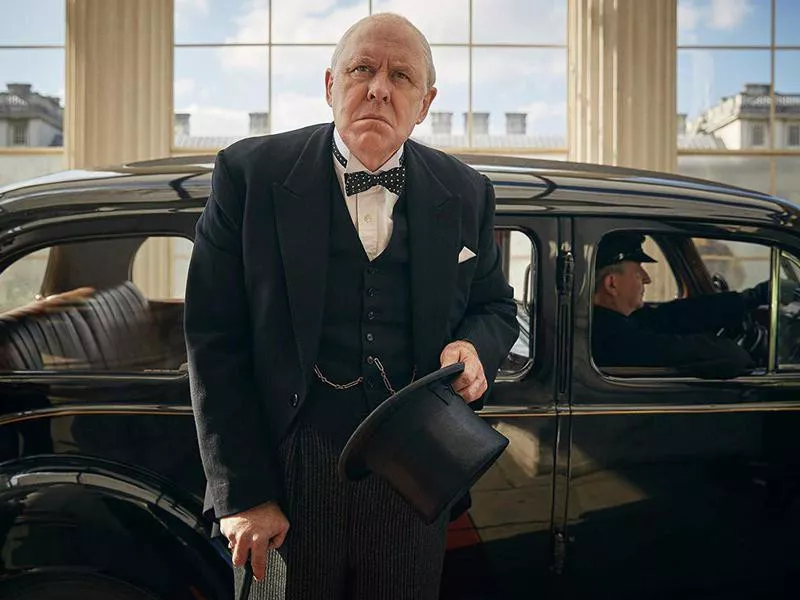
Netflix / IMDB
Years: 2016-present
Approximate cost per episode: $6.5-$13 million
“The Crown” has been reported to carry a budget of around $13 million an episode, but writer Peter Morgan says that’s inaccurate. Speaking at a BAFTA Masterclass event in 2018, Morgan claimed that the show’s reported $130 million per-season price tag was closer to the cost of two seasons.
“Because we did a deal for two seasons, people thought that's what we were getting per season," Morgan said, as reported by the Express.
Going by Morgan’s numbers, “The Crown” costs around $65 million per season, or about $6.5 million per episode. There will be four seasons of “The Crown,” and if costs stay consistent, Netflix may be paying a mere $260 million for the award-winning royal family biopic.
‘Rome’
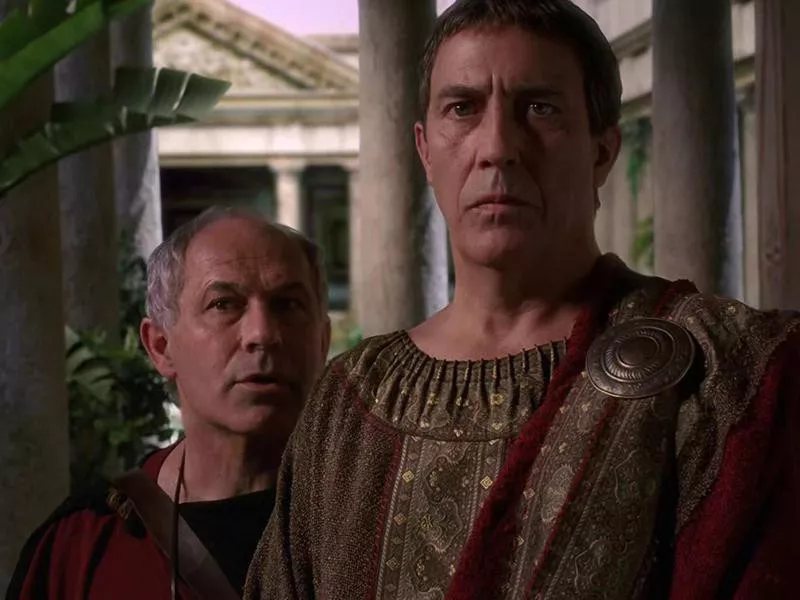
HBO / IMDB
Years: 2005-2007
Approximate cost per episode: $10 million
Inflation-adjusted cost: $13.14 million
HBO paid an exorbitant amount of money for “Rome,” a big-budget historical drama about ancient political intrigue with copious sword fights, fistfights and lascivious behavior. The show was a masterpiece, but also incredibly expensive.
“Rome” was shot in Italy, and seemingly no expense was spared to recreate the streets of ancient Rome and its denizens. Over 4,000 costumes were made, and were designed to be historically accurate: Costume designers travelled to India, Tunisia and Morocco for materials like silk and wool, while leather masters designed custom armor, according to Entertainment Weekly.
Although it was critically acclaimed, “Rome” only lasted two seasons, with the first season costing about $110 million.
‘Friends’
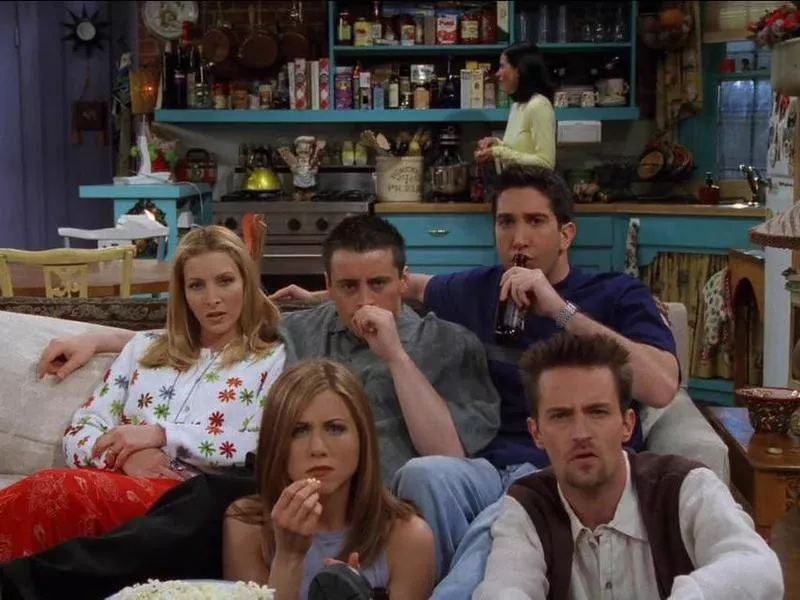
NBC / IMDB
Years: 1994-2004
Approximate cost per episode: $7-$10 million (seasons nine and 10)
Inflation-adjusted cost: $10-$14.26 million
The “Friends” cast went from making $22,500 an episode in season one, to $1 million an episode by the 10th and final season. Which is understandable — “Friends was a ratings juggernaut.
NBC shelled out $7 million per episode to sign on “Friends” for season nine in 2002, and then a record-setting $10 million per episode for its final season. It was worth it — 52.5 million people tuned into the show’s last episode, and 14 years later, Netflix would pay $100 million to keep “Friends” streaming on its service for two years.
It leaves Netflix in 2020.
‘The Get Down’
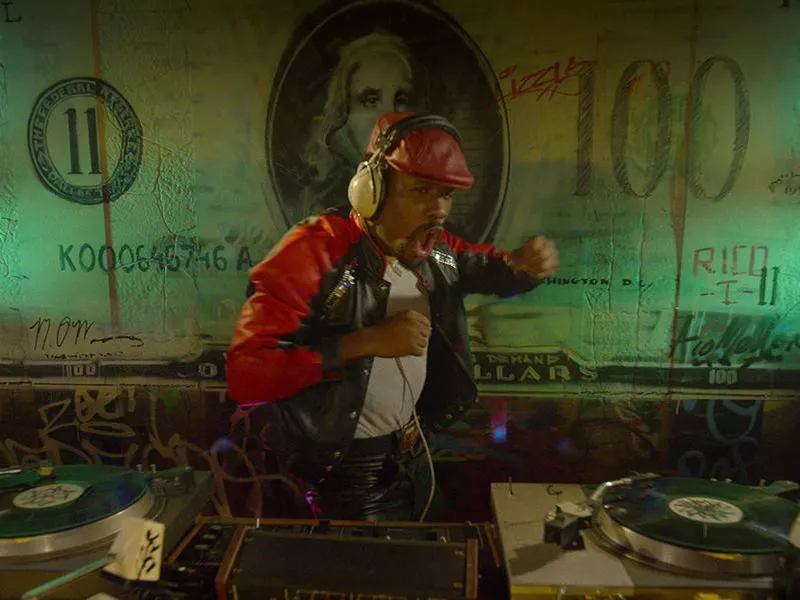
Netflix / IMDB
Year: 2016
Approximate cost per episode: $11 million
Inflation-adjusted cost: $11.75 million
Netflix rained money down on Baz Lurhmann’s musical drama set in the 1970s but failed to recoup its cost. The show received pitiful ratings and was enormously expensive, with an 11-episode budget of $120 million. “The Get Down” was the first series that Netflix cancelled after one season.
'Game of Thrones'

HBO / IMDB
Years: 2010-2019
Approximate cost per episode: $7-$15 million
When “Game of Thrones” first premiered in 2010, it had a $70 million budget for its first season. In retrospect, it was dirt cheap. Episodes increased to $10 million each for seasons six and seven and then $15 million for its last season.
Was it worth it? Despite a last season that was questionable in quality, early reports show that HBO has held onto 84 percent of its revenue from new subscribers at the first billing cycle after “Game of Thrones” finished, according to Variety.
‘Band of Brothers’

HBO / IMDB
Year: 2001
Approximate cost per episode: $12.5 million
Inflation-adjusted cost: $18.12 million
“Band of Brothers” is perhaps the best on-screen depiction of World War II ever made. And it cost HBO quite a bit of money. Tom Hanks and Stephen Spielberg took the helm of this epic, 10-episode miniseries that follows Easy Company from Normandy to Bastogne to the Eagle’s Nest. The final price tag: $125 million.
A 12-acre village set in Hatfield, England was used to portray various European locations, which was about five times the size of the set used in “Saving Private Ryan,” according to “The Making of Band of Brothers” documentary. Clothing included 2,000 German and American uniforms and 1,200 civilian vintage costumes, and the show used 10,000 extras.
'E.R.'
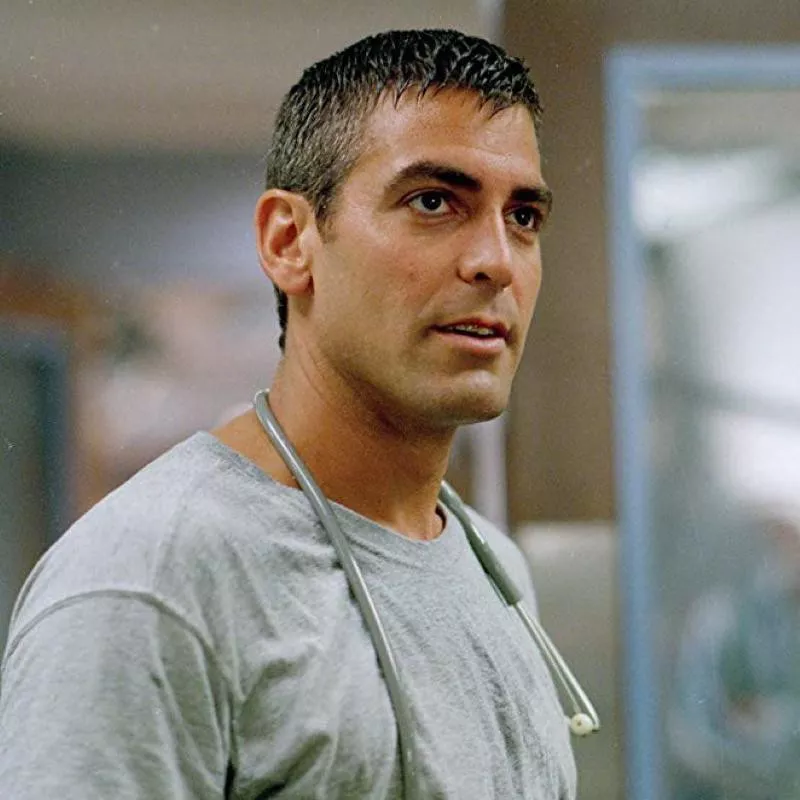
NBC / IMDB
Years: 1994-2008
Approximate cost per episode: $13 million (three seasons)
Inflation-adjusted cost: $20.5 million
When “E.R.” began in 1994, it only cost NBC $2-$3 million per episode. But by 1998, “E.R.”’s production company, Warner Bros, knew it had a hit on its hands — and that NBC wasn’t paying enough. Warner Bros. threatened to flatline the medical drama unless NBC injected the show with bags of cash. And the peacock network did. NBC paid $13 million per episode to air “E.R.” for three years — $286 million per 22-episode season, or $858 million, total. Adjusted for inflation, that $858 million deal in 1998 would be worth $1.35 billion in 2019 dollars.
An unnamed NBC exec told Variety, “We can’t have bottled water anymore. It makes you sick to think of all the money that’s being spent on ‘E.R.’” Costs deflated to between $8 and $9 million per episode through season 11. By its 15th and final season in 2008, NBC was reportedly paying significantly less than the $13 million-per-episode it was shelling out during the show’s heyday.
'The Pacific'
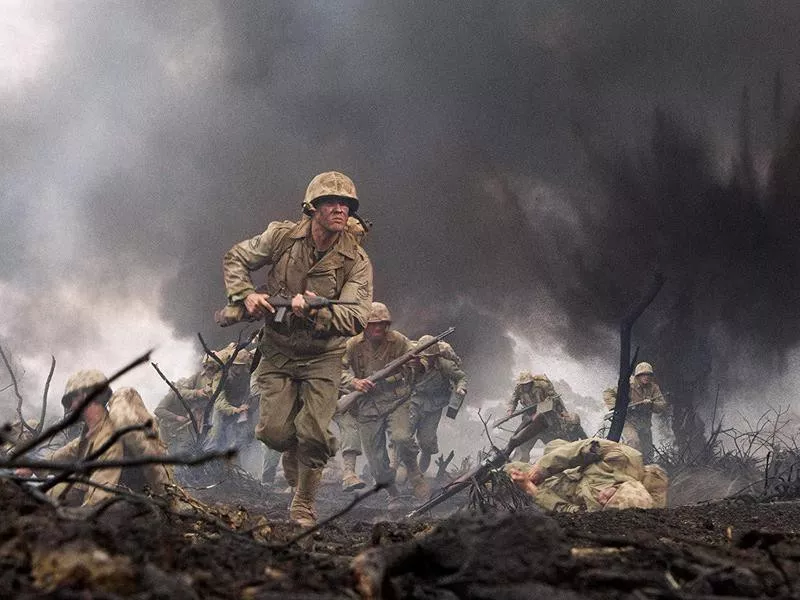
HBO / IMDB
Year: 2010
Approximate cost per episode: $20 million
Inflation-adjusted cost: $23.5 million
A sister show to HBO’s “Band of Brothers,” “The Pacific” focused on American G.I.s fighting in the Pacific Theater during World War II. It’s a much more brutal and somewhat more nihilistic series than “Band of Brothers,” and it was more expensive, too. The Peleliu landing scene cost $5 million alone, according to Hollywood Reporter.
Costume designers crafted 3,000 historically accurate uniforms for the cast, and for that one landing scene alone, HBO commissioned 50,000 rounds of specialty blank ammunition. The show began with an estimated budget of around $100 million — similar to “Band of Brothers” — but the 10-episode miniseries’ final cost was at least $200 million.
HBO is said to have another WWII miniseries in development, about the Eighth Air Force (called either “Masters of Air” or “The Mighty Eighth”), but little to no news about its production has been released in several years. We’re hoping it gets made.
